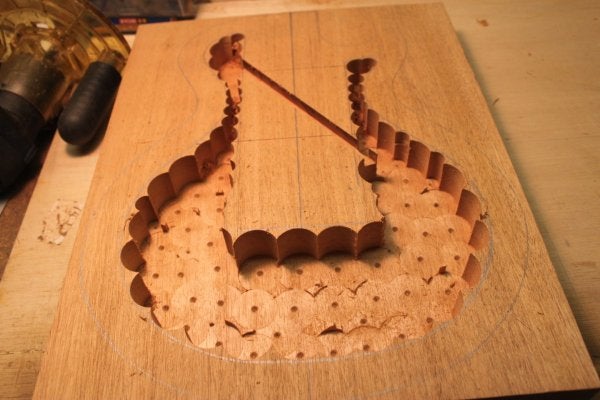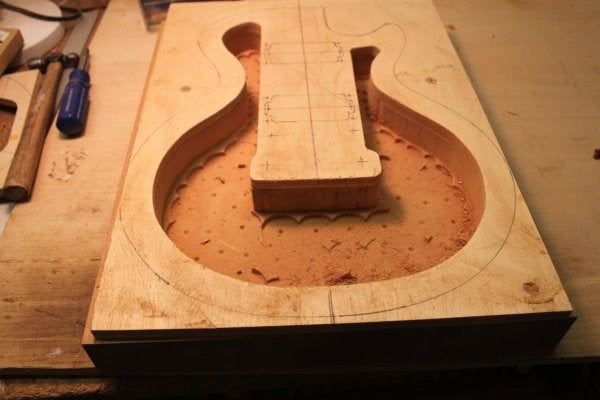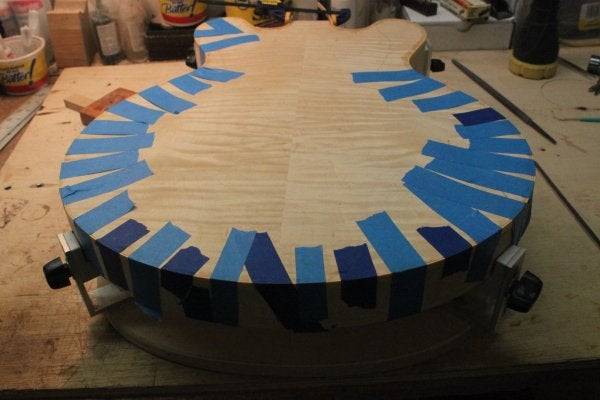Mine is a "Greg Koch" style, LOL. Over-size. It's wider, longer, and has a 25 1/2" scale. I don't like the 24 3/4" scale.
This body is also chambered and thinner than a regular Les Paul. It's still heavy at just over 9 lbs.
Plays and sounds like a dream!
Placing the pickups was critical because of the scale length. I find that P90s just don't sound great on a longer scale unless you move them forward a bit. Get 'em away from the bridge. Heck, I move all my bridge pickups 3/16" further from the bridge than what is typical placement. They sound much better!
Good luck with your build. Looks like it's coming along nicely!




